#Migmanychion
Text
Migmanychion
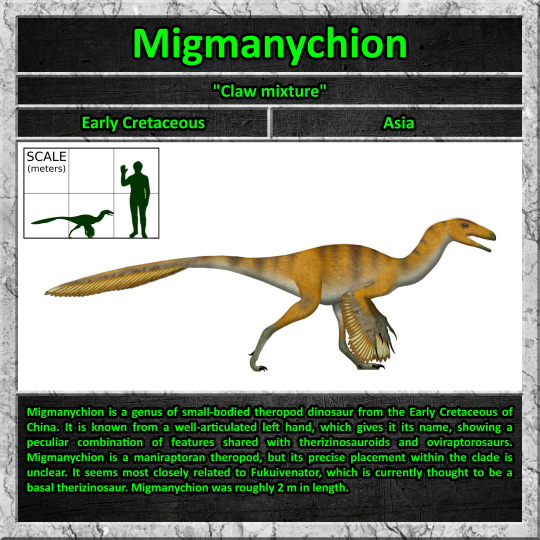
Migmanychion is a genus of small-bodied theropod dinosaur from the Early Cretaceous of China. It is known from a well-articulated left hand, which gives it its name, showing a peculiar combination of features shared with therizinosauroids and oviraptorosaurs. Migmanychion is a maniraptoran theropod, but its precise placement within the clade is unclear. It seems most closely related to Fukuivenator, which is currently thought to be a basal therizinosaur. Migmanychion was roughly 2 m in length.
71 notes
·
View notes
Text
Migmanychion laiyang Wang et al., 2023 (new genus and species)
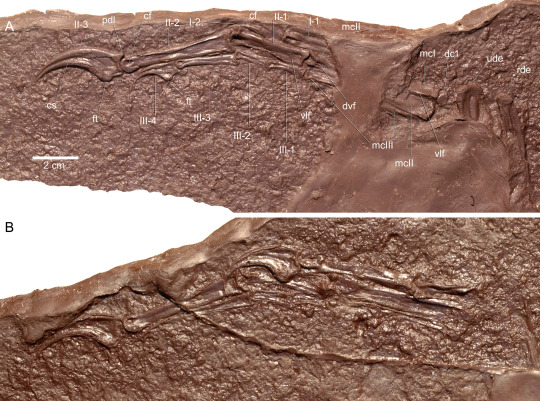
(Cast of the hand of Migmanychion laiyang, from Wang et al., 2023)
Meaning of name: Migmanychion = claw mixture [in Greek]; laiyang = Laiyang [referencing the Shandong Laiyang Cretaceous National Geological Park, where the original fossil is housed]
Age: Early Cretaceous (Aptian), about 121 million years ago
Where found: Longjiang Formation, Inner Mongolia, China
How much is known: A partial left forelimb (including a complete hand) and some rib fragments of one individual.
Notes: Migmanychion was probably a maniraptoran, a diverse group of feathered theropods including alvarezsaurs, therizinosaurs, oviraptorosaurs, and paravians (which in turn include birds). The bones in its hands were very slender and its hand claws were not sharply curved. A particularly unusual feature of its hands was that the claw of the second finger (equivalent to our index finger) was longer but not as deep as the thumb claw. In most other theropods, the longest hand claw is also the deepest.
Migmanychion might have been closely related to Fukuivenator, a maniraptoran from the Early Cretaceous of Japan that some recent studies suggest was an early therizinosaur. However, more complete specimens will likely be needed to confidently determine what type of maniraptoran Migmanychion was.
Reference: Wang, X., A. Cau, Z. Wang, K. Yu, W. Wu, Y. Wang, and Y. Liu. 2023. A new theropod dinosaur from the Lower Cretaceous Longjiang Formation of Inner Mongolia (China). Cretaceous Research advance online publication. doi: 10.1016/j.cretres.2023.105605
63 notes
·
View notes
Text
A team of archaeologists and paleontologists affiliated with several institutions in China, working with a colleague from Italy, has identified a new species of theropod dinosaur with strange hand features. In their paper published in the journal Cretaceous Research, the group describes the creature and where it fits evolutionarily with other dinosaurs.
The fossil was found at the Pigeon Hill dig site near the town of Baoshan in Inner Mongolia, China. It was completely embedded in a slab of rock, allowing the researchers a view from the side only. Still, that was enough to reveal that the dinosaur fossil represented a new species of theropod. Dating of the fossil put the dinosaur in the Early Cretaceous epoch, approximately 121 million years ago.
The newly discovered dinosaur has been named Migmanychion laiyang—examination of its bone structure showed it to be a member of Maniraptora, from the group of coelurosaurian dinosaurs, some of which evolved to become modern birds. The group is believed to have first appeared during the Jurassic and is part of a broader clade that includes both Tyrannosaurus rex and allosaurus. Most have long arms and hands with three fingers, along with a uniquely moon-shaped bone in the wrist. Maniraptorans are the only group of dinosaurs that include those that fly.
Continue Reading
56 notes
·
View notes
Text

Day 10 - A pair of Migmanychion hunt an adult khinganornis from the Early Cretaceous, China
#illustration#sketch#sketchbook#drawing#dinosaur#paleoart#dinosaurs#dinovember#theropod#dinovember2023
181 notes
·
View notes
Text
June was a great month for many paleontological discoveries, there has been a lot of new species identified.
Here is a list of the newly identified Paleontological species:
PART 1 OF 2
1. A new Cretaceous bird from the Maastrichtian La Colonia Formation (Patagonia, Argentina)

2. A new theropod dinosaur from the Lower Cretaceous Longjiang Formation of Inner Mongolia (China) - Migmanychion laiyang
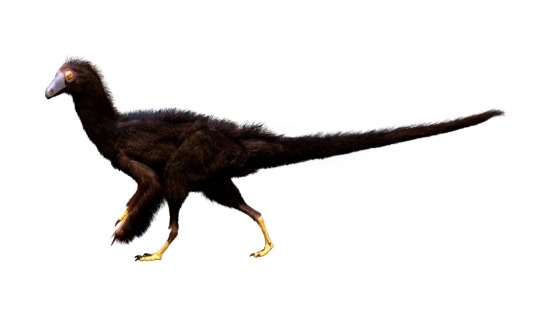
3. Conservation implications of a new fossil species of hopping-mouse, Notomys magnus sp. nov. (Rodentia: Muridae), from the Broken River Region, northeastern Queensland - Notomys magnus

4. An early-diverging iguanodontian (Dinosauria: Rhabdodontomorpha) from the Late Cretaceous of North America - Iani smithi
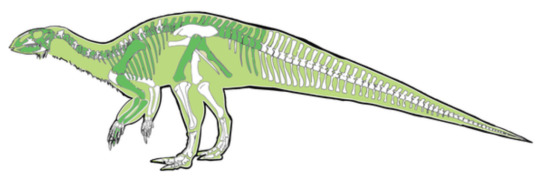
5. A new lower Turonian mosasaurid from the Western Interior Seaway and the antiquity of the unique basicranial circulation pattern in Plioplatecarpinae - Sarabosaurus dahli
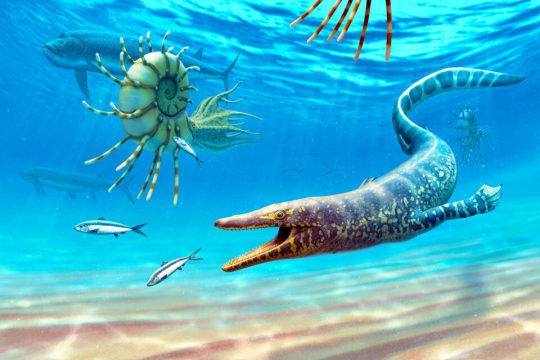
6. Osteohistology reveals the smallest adult Jurassic sauropodomorph - BP/1/4732

7. A new dolphin with tusk-like teeth from the late Oligocene of New Zealand indicates evolution of novel feeding strategies - Nihohae matakoi

8. Praecarbo strigoniensis, a new genus and species of Cormorants (Phalacrocoracinae) from the Late Oligocene of Hungary - Praecarbo strigoniensis

drawing by King Kosmoceratops on youtube.
9. Vectipelta barretti, a new ankylosaurian dinosaur from the Lower Cretaceous Wessex Formation of the Isle of Wight, UK - Vectipelta barretti
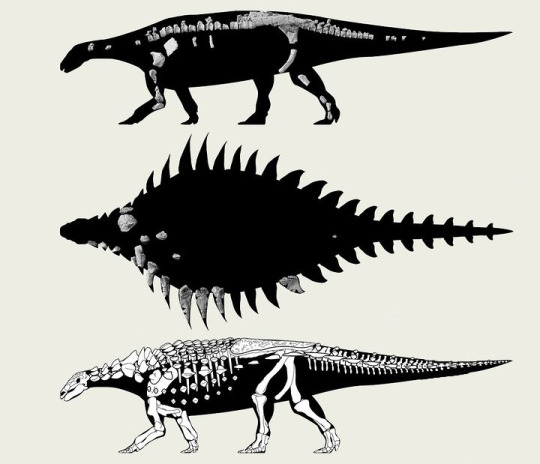
10. Relict duck-billed dinosaurs survived into the last age of the dinosaurs in subantarctic Chile - Gonkoken nanoi
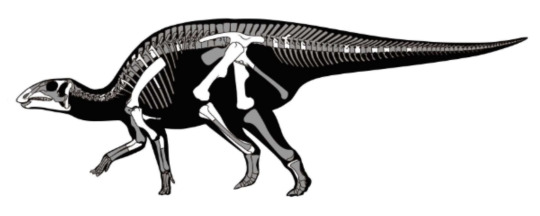
There is a part 2, a continuation of this post, where you can find more and with the scientific papers relating to their descriptions are linked.
0 notes
Text
Una nuove specie di dinosauro teropode identificata in Cina
Ricostruzione del dinosauro teropode dal corpo piccolo Fukuivenator paradoxus, un sister taxon di Migmanychion laiyang.
Un nuovo genere e specie di dinosauro maniraptoran è stato descritto dal materiale scheletrico fossilizzato trovato nella Mongolia Interna, in Cina.
La specie di dinosauro appena identificata vagava per il nostro pianeta durante il Cretaceo inferiore, circa 121 milioni di anni…

View On WordPress
0 notes